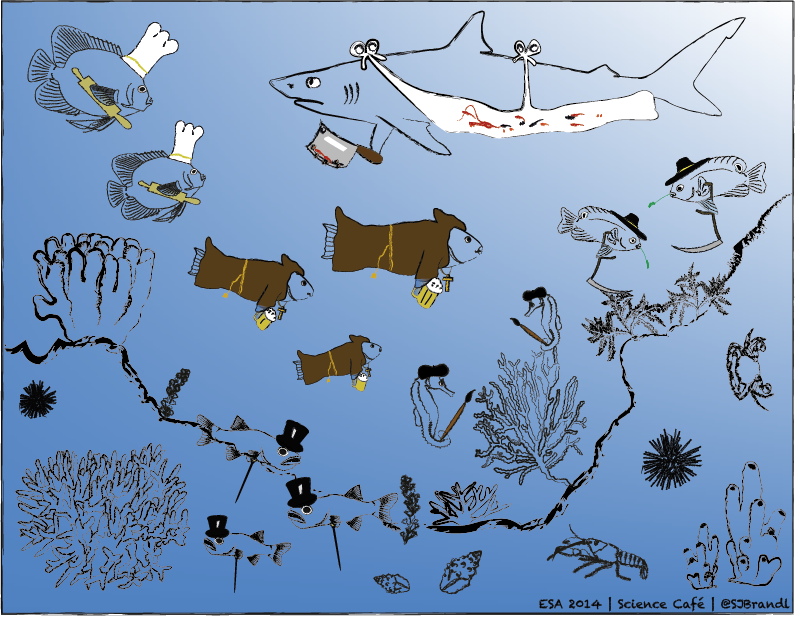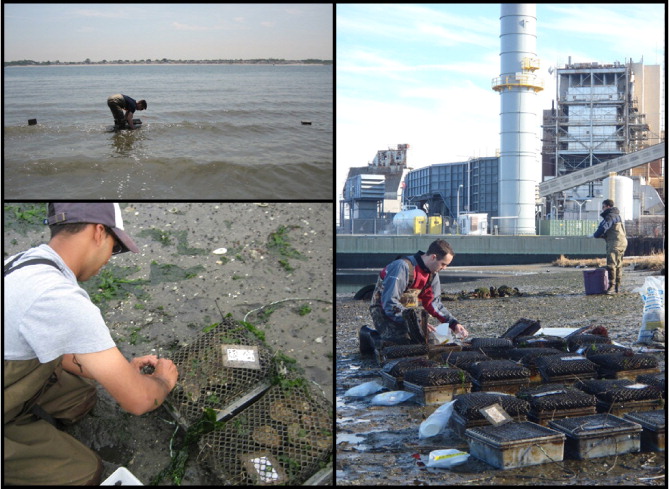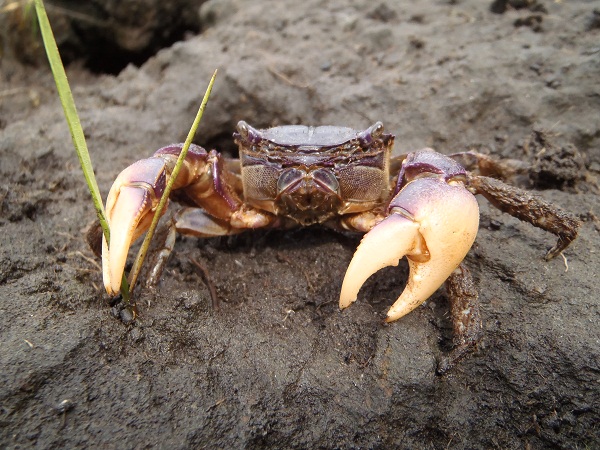The Last Reef
Advocacy film delivers “Cities beneath the Sea” in 3D IMAX, bringing you nudibranchs as you’ve never seen them before and activism that you have. By Liza Lester, ESA communications officer. La Evolución Silenciosa (The Silent Evolution), an installation of 400 life-size figures 9 meters under the sea off Cancun / Isla Mujeres, Mexico, is featured in the new IMAX film…


